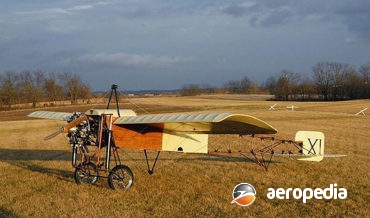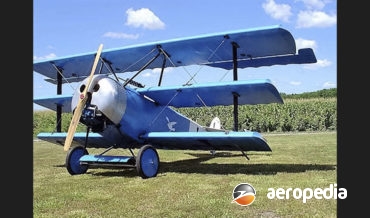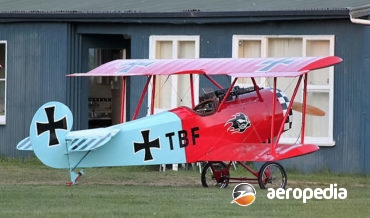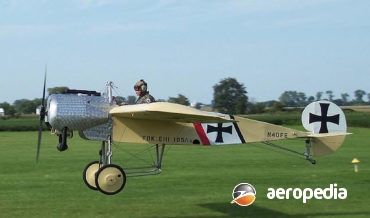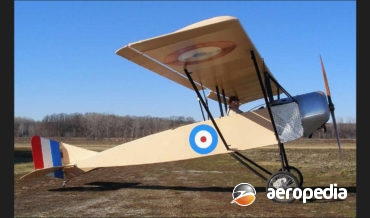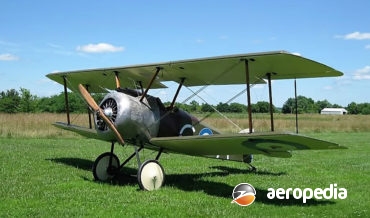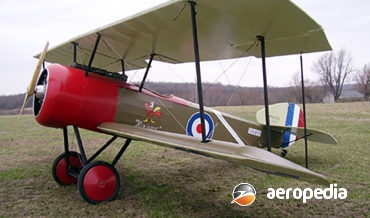All Contents
Contents
For some years Airdrome Aeroplanes at its Holden, Missouri facility has produced 75% scale and full scale replicas of World War I aircraft for the amateur constructor, supplying kits to interested builders.
David C. Eyre
- May 8, 2019
The Dr.1 is a 75% scale replica of the famous World War I fighter and is supplied to the builder in kit form. It is of aluminium tubular construction and has removable three-piece wings which are transportable.
David C. Eyre
- May 8, 2019
During 1917 the principal German fighters of the time were losing their superiority and the German Air Command called for a fighter competition to develop a new fighter.
David C. Eyre
- May 8, 2019
The Eindecker E-III (or E.3) was the first combat aircraft in the World to be equipped with a forward-firing fixed machine gun synchronised to fire between the propeller blades, and by some is considered the most important of the Fokker monoplane family early in World War I.
David C. Eyre
- May 8, 2019
The Type L parasol monoplane was produced by Morane Saulnier in 1913 as a development of the Type G two-seat aircraft, and differed from the Type G in having the wing moved from the top of the fuselage to a parasol configuration.
David C. Eyre
- May 8, 2019
The Airdrome Aeroplanes Sopwith Camel is a full-scale replica of the World War I fighter designed by Robert Baslee and marketed by his company, Airdrome Aeroplanes of Holden in Missouri.
David C. Eyre
- May 8, 2019
Airdrome Aeroplanes of Holden, Missouri, has for some years produced plans and kits for a series of scale replicas of well known fighters from World War I fitted with modern engines. One of these is a full-scale replica of the Sopwith Pup.
David C. Eyre
- May 8, 2019
Recent Comments
Archives
Categories
- No categories
Categories
- No categories
Latest Posts
Newsletter

